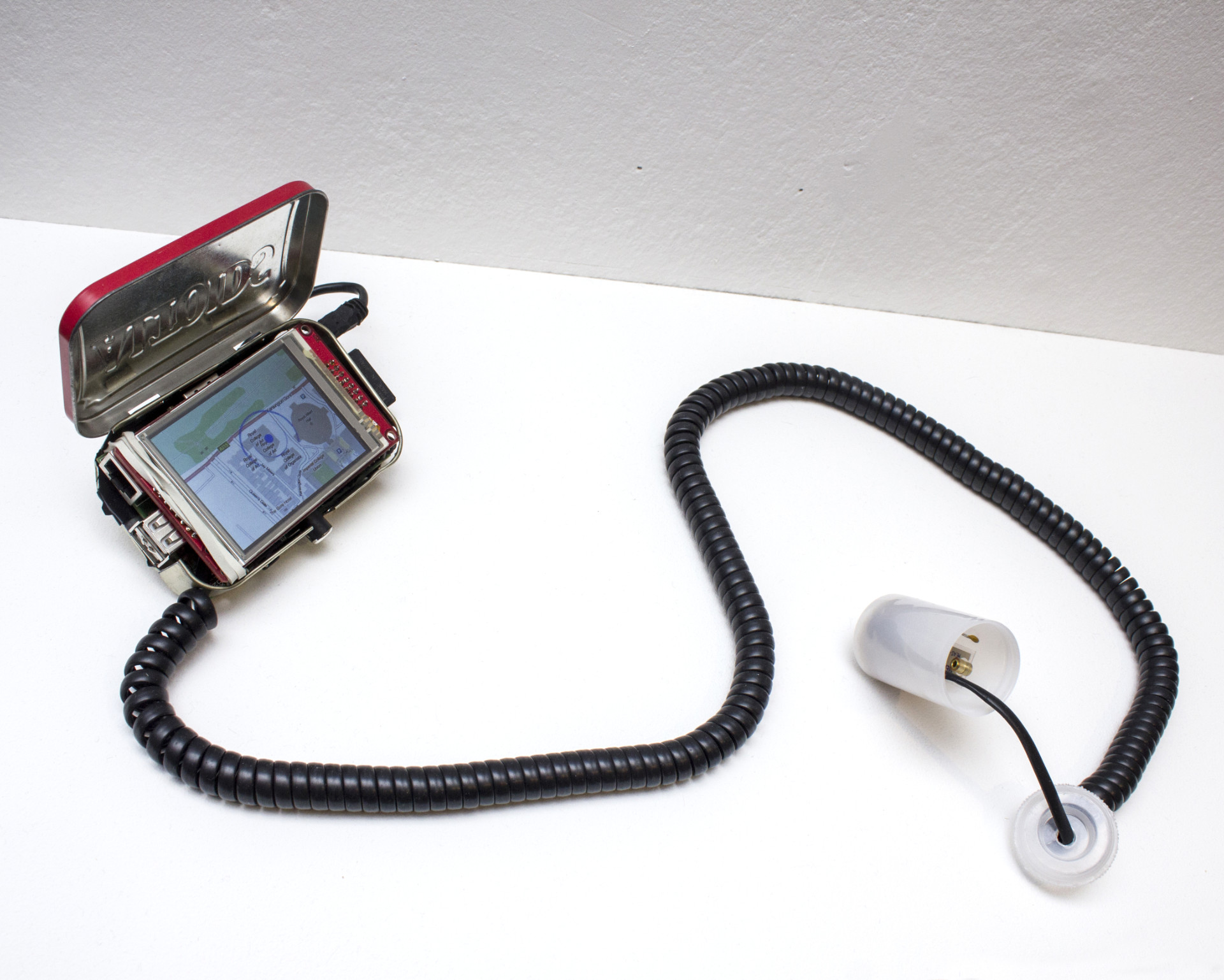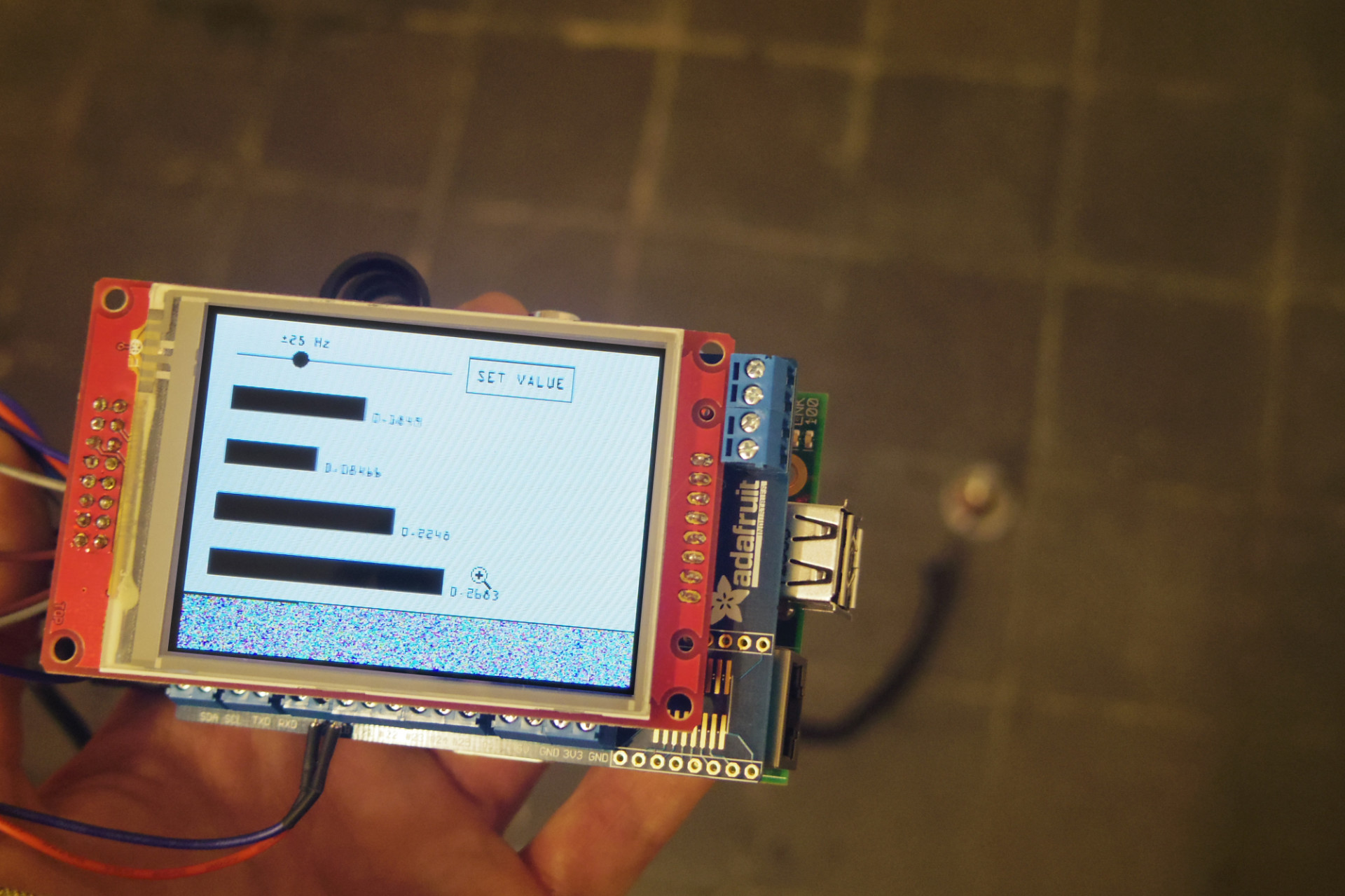Open Positioning System
The Open Positioning System is an alternative navigation system based on seismic vibrations.
It is an open navigation system. This means that it is not run nor controlled by companies or governmental institutions.

The idea is to use seismic activity, produced by generators in power plants, turbines in pumping stations or other large machines running in factories. These generators, machines etc. are producing seismic waves, distributed through the ground.
The sensor prototype can detect seismic waves on the ground and on walls:
When at least three signals are received and their positions on a map are known, one can calculate the position within these three signals via triangulation and the signal strength.


Background
The project is part of the Post Cyberwar series that offers three appropriate methods to prepare for the kill switch after a cyberwar.
An Internet kill switch is a countermeasure against cybercrime; it is based on the concept of activating a single shutting-off mechanism for all Internet traffic. The theory behind a kill switch is the creation of a single point of control managed by one authority in order to shut down the Internet to protect it from unspecified assailants. The prospect of cyber warfare over the 2000s prompted US officials to draft special legislation for the Internet, but the implications of actually “killing” the Internet has spurred worldwide criticism. During the Arab Spring in Tunisia, Egypt, and Libya, access to the Internet was restricted in an effort to limit online peer networking that would facilitate self-organization. Despite the controversial effects of shutting off access to information, the activation of a kill switch remains an issue to be resolved.
The Post Cyberwar series proposes three appropriate methods to prepare for the time after a cyberwar:
- OpenPositioningSystem (Navigation)
- Social Teletext Network (Data streaming)
- Sewer Cloud (Data storage)
Anybody who is interested, from beginner to professional can participate and contribute their knowledge to the community and through this System.
Credits
Production Assistance: Neil Thomson
Booklet Design: Henrik Nieratschker